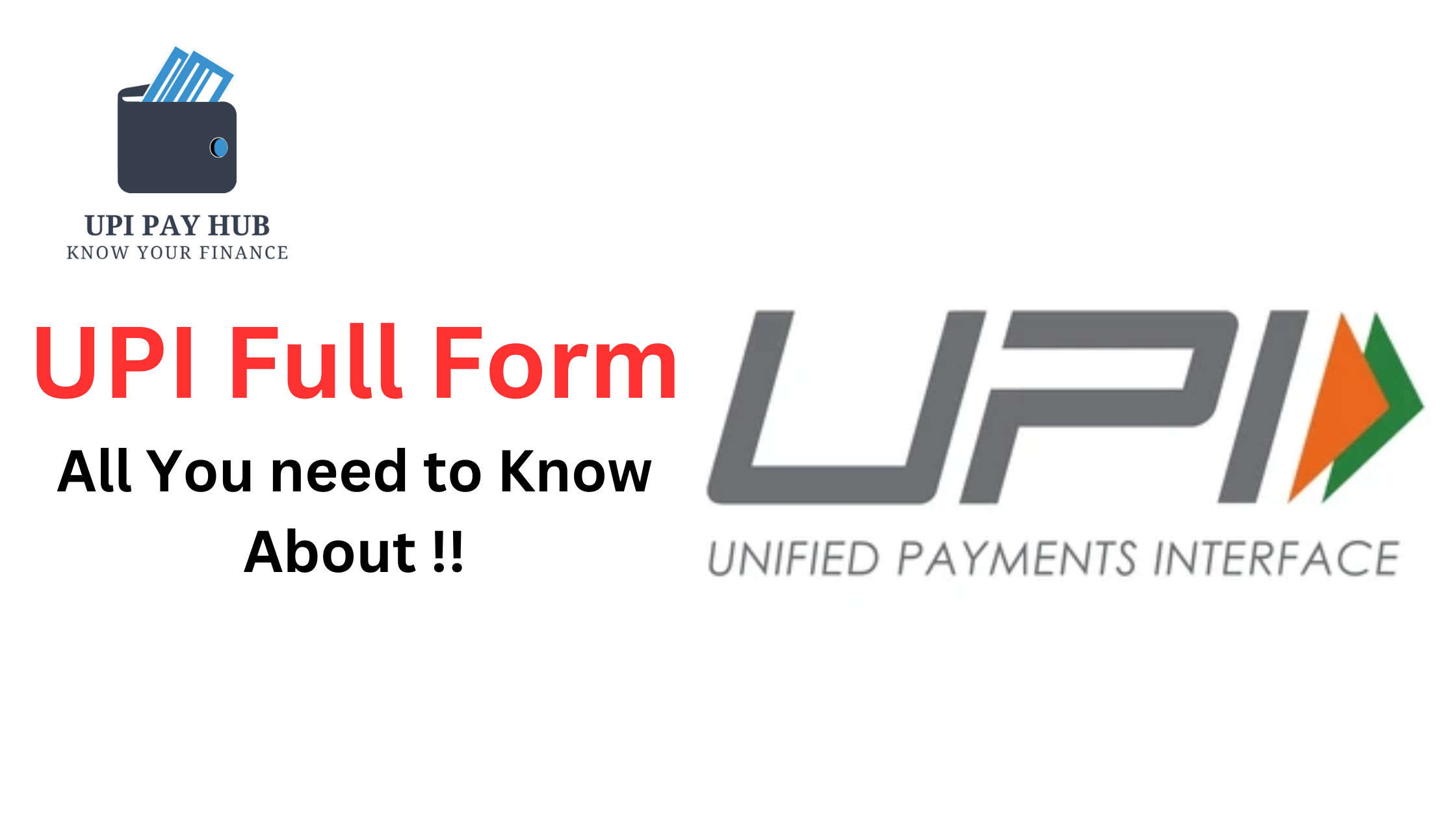UPI is an acronym that stands for Unified Payments Interface.
The National Payments Corporation of India (NPCI) introduced the Unified Payments Interface (UPI) in April of 2016. By providing a single, instant, secure, and seamless platform for fund transfer, it intended to change the face of digital payments in India. What drove UPI’s creation was the urgent need for an alternative mode of payment to the current systems which have restricted operation and also the ability of the nation to go cashless.
Update: Checkout our latest post on this topic👉 UPI : Full Form, ID & Its Benefits
Key features of the UPI
Interoperability: UPI(Unified Payments Interface), is essential for allowing customers to send money through bank or payment service provider boundaries. UPI ensures one can transact with anybody irrespective of their bank or payment app.
Real-time Settlement: UPI transactions are processed and settled in real-time, which means that money moves almost instantly from the buyer account to the recipient account.
Security: UPI payments are incredibly safe, they have various authentication mechanisms including PINs, biometric authentication or device IDs in which they use them to authorize payments. 24×7
Availability: UPI transactions always operate every day, every hour hence they can be done at all times even on holidays and weekends.
Utility Bill Payments: Other than just transferring money between two friends for example using an app one can utilize UPI app where one can settle other expenses like water bills; power recharge etc including shopping goods online.
Ever since UPI was introduced, it has enjoyed high-speed adoption and has rapidly grown to be one of the most favored payment modes among people as well as companies. What has made it so is because UPI is easy to use, very fast and also convenient hence making it change the face of digital payment forever. Also Read about fake UPI Payment that you should be aware of while using it.
What’s the work of UPI ?
The manner in which Unified Payments Interface (UPI) works is it allows for real-time payments enabling immediate fund transfer from one bank account to another through mobile devices. Here is how it happens:
- Registration: A user must register himself or herself on a UPI-enabled mobile application using his or her bank account details.
- Virtual Payment Address (VPA): Each user is assigned a unique VPA which stands for Virtual Payment Address to act as a substitute for the bank account details of the person sending or receiving money from him or her. This VPA is used to both send and receive payments.
- Transaction Initiation: To initiate a transaction, the user enters the recipient’s VPA along with the payment amount in the UPI app.
- Authentication: In order to authenticate the transaction, the UPI app will ask the user to use a PIN or biometric authentication.
- Transaction Processing: Once it has been authenticated, the transaction goes through without any delay and money is directly moved from the account of the sender into that of the recipient.
- Confirmation of the transaction is received instantly by both the sender and the recipient.
Eradicating the necessity of bank account specifics or card codes eases digital payments with UPI. It is a preferred option for electronic payments within India, because it simplifies peer-to-peer transfers, payment of goods by traders, and other transactions like bill payment. We here at UPIPayHub.Com will blog more about UPI and all the related features for you get information on and make use of as much as possible.

